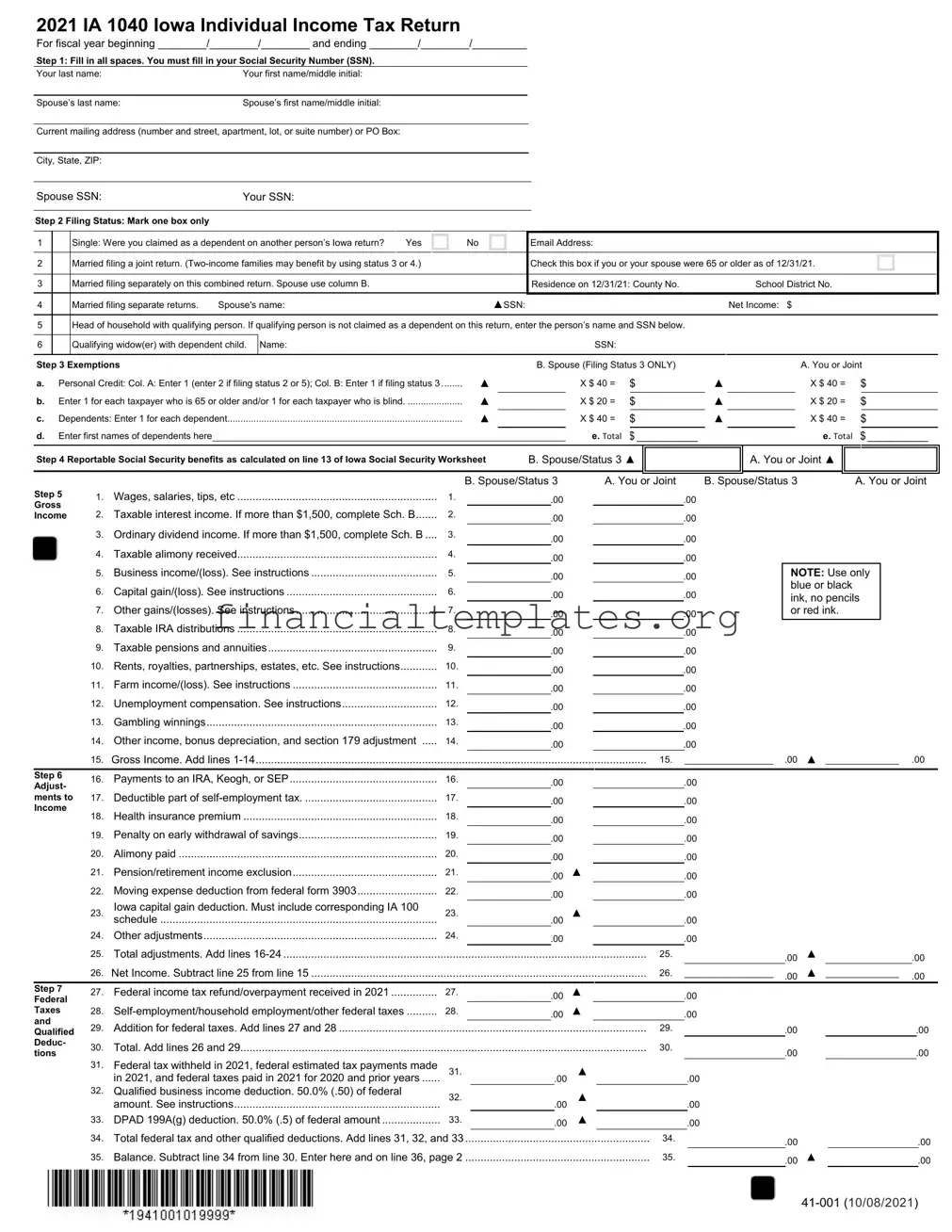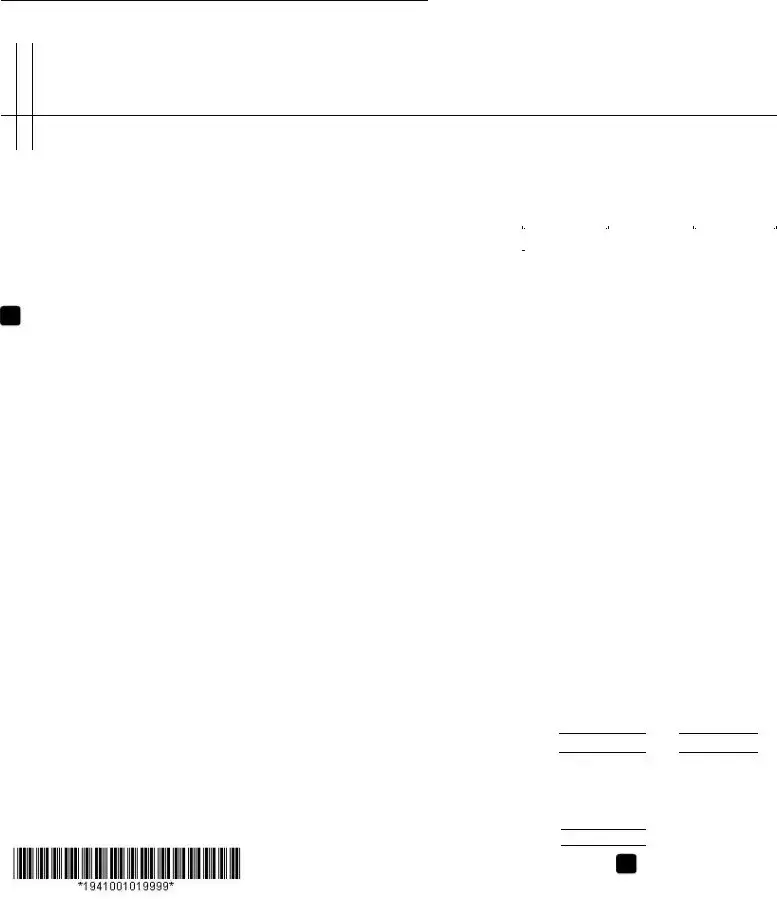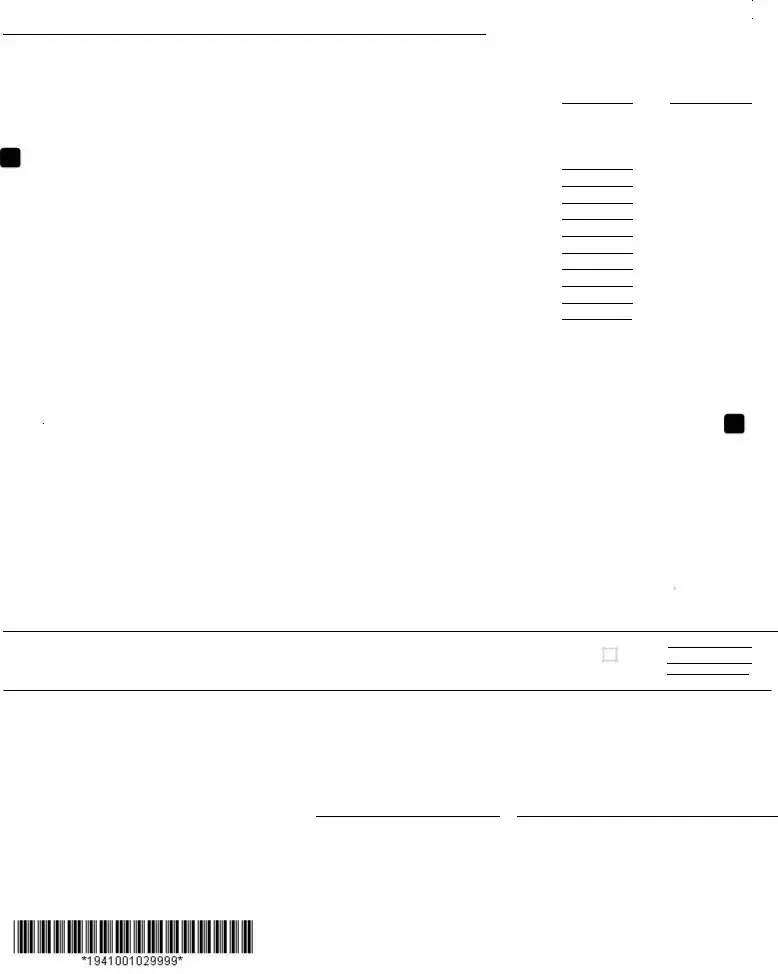The Iowa Income Tax Form shares similarities with the Federal Income Tax Return (Form 1040) in structure and purpose. Both forms are designed to calculate individual income tax liability based on earned income, allowable deductions, and applicable credits. Each form requires taxpayers to report earnings from various sources, such as wages, salaries, and dividends, and to calculate tax owed after accounting for specific adjustments to income, deductions, and credits. This parallel structure facilitates consistency in taxpayer reporting practices across state and federal tax systems.
State income tax forms from other U.S. states, such as the California Form 540, are also akin to the Iowa Income Tax Form. While specific tax rates and credits may differ due to variances in state tax laws, the overall format of reporting income, deductions, exemptions, and credits remains consistent. This similarity aids in standardizing the process for taxpayers who may need to file income tax returns in multiple states, ensuring a foundational level of familiarity across different state tax forms.
The W-2 Form, issued by employers to report an employee's annual wages and the amount of taxes withheld from their paycheck, is directly related to sections of the Iowa Income Tax Form that require income information. Taxpayers use the information from Form W-2 to complete portions of the income section on their tax returns. This direct use of information emphasizes the W-2’s role as a pivotal document for accurately reporting wage-related income on both state and federal tax forms.
Schedule C (Profit or Loss from Business) is a federal form used by sole proprietors to report business income and expenses. The information from Schedule C directly impacts sections of the Iowa Income Tax Form relating to business income or loss, demonstrating functional similarity in the treatment of business operations across tax documents. Entrepreneurs and independent contractors rely on this interconnection to accurately report their business financials within their broader tax obligations.
The Iowa Capital Gain Deduction form (IA 100) is a supplementary document specifically designed to calculate deductions related to capital gains. Taxpayers must fill out this form when they have capital gains that qualify for special treatment under Iowa tax law. The necessity to include or reference this form for certain deductions on the Iowa Income Tax Form illustrates the intricacies within state taxation systems that allow for specific types of income to be taxed differently, akin to adjustments and specific deductions on the federal level.
Schedule A (Itemized Deductions) from the federal tax filing process shares functionality with portions of the Iowa Income Tax Form that allow for itemized deductions. If taxpayers elect to itemize deductions rather than take the standard deduction, they do so with the expectation of lowering their taxable income by detailing allowable expenses. This parallel between federal and state forms provides taxpayers the flexibility to optimize their tax outcomes through detailed accounting of deductible expenses.
The IA 126 Form for nonresident and part-year resident credit is specifically designed for individuals who may have tax liabilities in more than one state or who moved into or out of Iowa during the tax year. This form mirrors the complexities seen in multi-state tax situations on a federal level, where taxpayers must apportion income and understand reciprocal agreements between states. It exemplifies the necessity for specific forms that address unique taxpayer circumstances, ensuring fair treatment in tax liabilities.
Finally, the 1040-ES (Estimated Tax for Individuals) form, while used for federal tax payments on income not subject to withholding, has its counterpart in practices surrounding estimated tax payments that might be necessary for the Iowa Income Tax Form. Taxpayers with income not subject to regular withholding, such as earnings from self-employment, interest, dividends, and capital gains, must anticipate their tax liability and may need to make quarterly estimated tax payments to both the IRS and state tax authority, such as Iowa, to avoid underpayment penalties.


